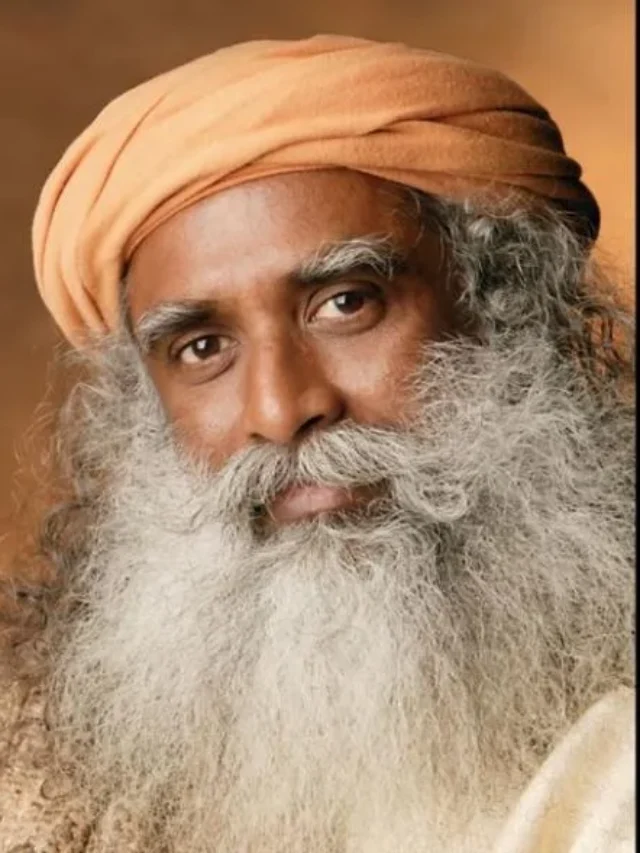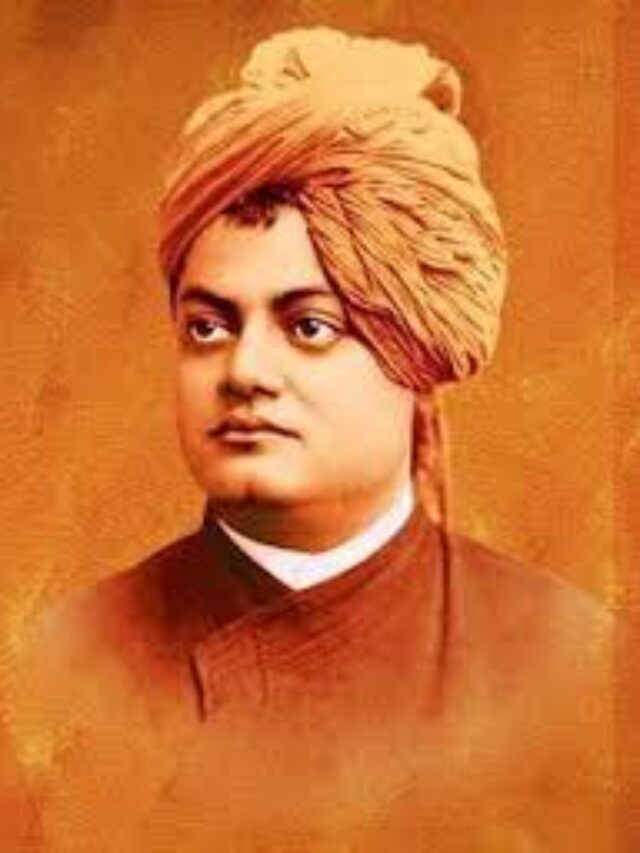Dhan Raj Bhagat | Biography | Life | Artworks
Among the contemporary sculptors of India, Dhan Raj Bhagat was perhaps the pioneer in using different craft media and techniques such as paper-mache, cement-casting, metal- casting, welded metals, wood constructions, and carving, stone-carving, ceramics, enameling on metal, chased, hammered and reposted textures on metal and painted surfaces.
He was one of the outstanding sculptorsof his time who provided a breakthrough from the use of clay and plaster of Paris and the western style of realism in vogue since the early part of the century.
Bhagat, like other artists in India, started to work in naturalistic form, gradually moved to a simplified or stylized form and then, with full vigor, towards cubist and geometric form.
During his travels to Europe and The USA in 1951, Bhagat was greatly impressed by the works of Alexander Archipenko, a Russian-American abstract sculptor, and Lynn Chadwick, a British abstract sculptor.
From Archipenko, he received inspiration for developing his cubist/ geometric approach and from Chadwick, interest in using a variety of media.
Although Bhagat’s works are essentially related to cubism, they show a curious mixture of the geometrical construction and sentiment which makes his apparently, abstract sculptures filled with the concept and deep feeling, as for instance his Third Eye and The Musical Construction.
His geometry is inspired from the natural forms of plants, trees, and flowers that achieve a transformation through his Inner vision in an amazing variety of forms, as seen in some of his masterly works—Shiva Dance, Standing Figure and Flute Player.
He relates the natural form reduced to its basic geometric designations like the square, triangle, circle or the spiral, and assembles them in compositions of rare creativity in his constructions, such as Monarch, Queen and Man Crucified.
Although some of his earlier female figures are inspired by an imaginative lyricism, the sculptures from the 1960s onward show complete indifference to the representations of living forms.
They are characterized by their architectural structure and by the use of box-like geometric forms, as for instance, in his Man-I and Man-II. S.A. Krishnan, an eminent writer on art, once wrote: I have always thought that Bhagat is the epitome of the course of contemporary Indian sculpture.
A careful study of Bhagat’s sculpture, which is very substantial, would in itself be therefore a study of the vicissitudes, the experimentation in thought and material, the impact and assimilation of ideas from distant shores, and of the inevitable and more consequential struggle and search within.
This man, one of the most widely traveled at home, went about quietly, looked around him with wide and wondering eyes, discovering undreamt-of possibilities.








